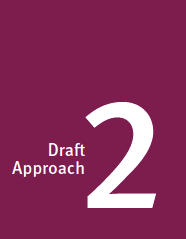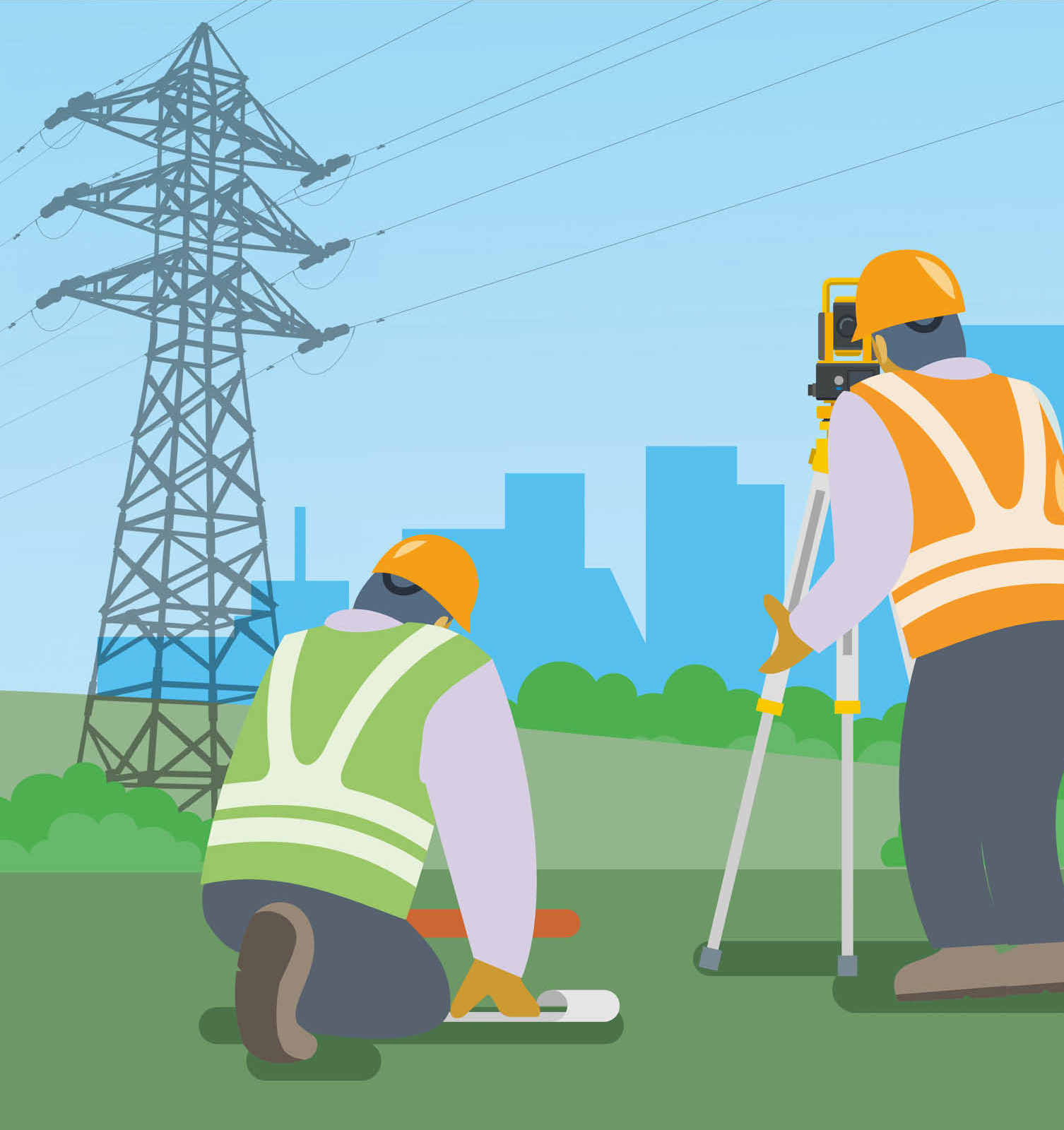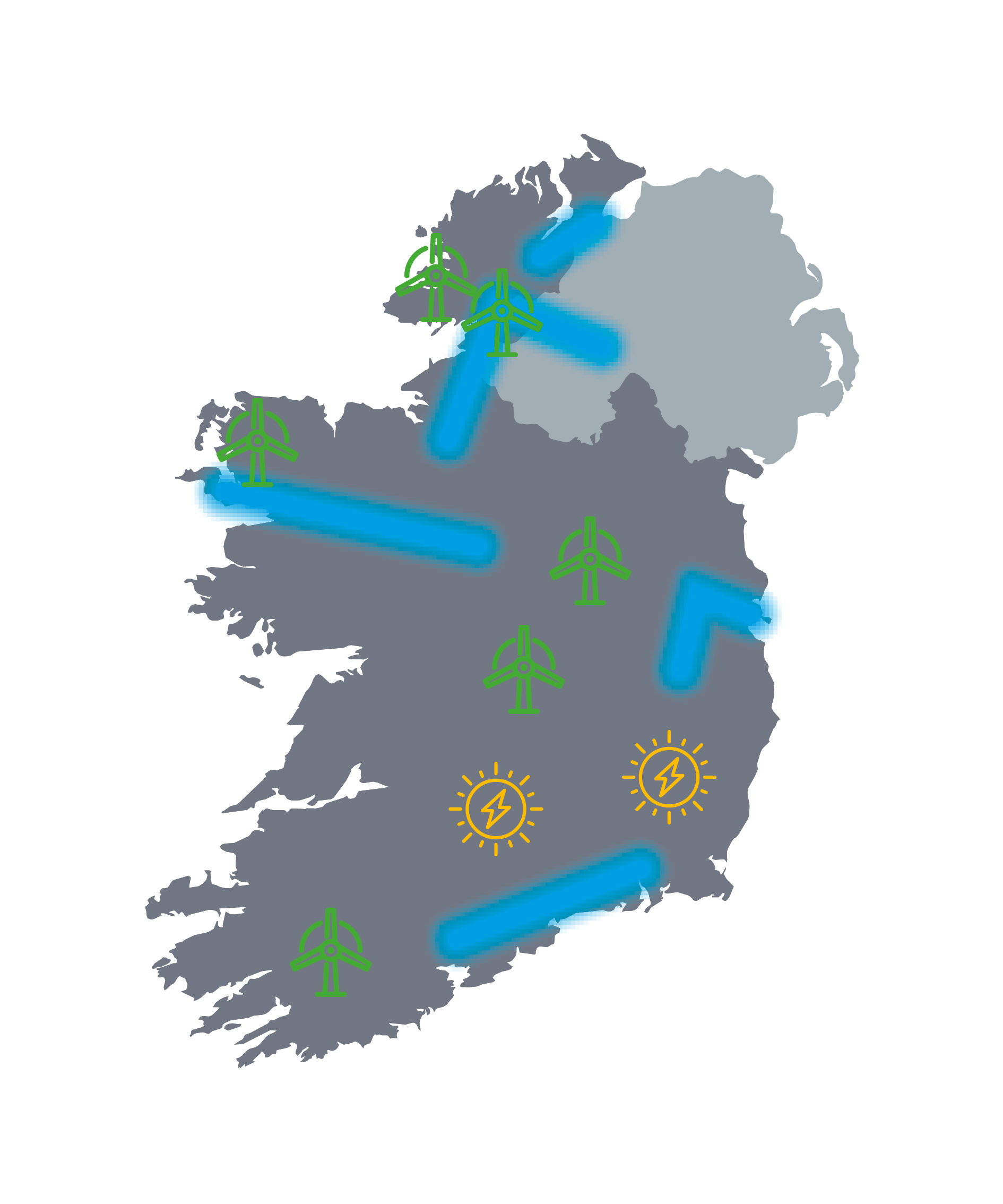Draft approach 2: Developer-Led

Developer-Led
Let developers decide where to locate clean electricity generation
This is the current policy for Ireland’s electricity grid. Ireland has a successful track record in adding renewable electricity – 40% of our electricity already comes from wind generation. This was due to many factors, one of which was the incentivising of renewable generation. This was the goal of government and regulatory policies over the past decade or more.
As a result, EirGrid must connect new sources of renewable electricity, regardless of the local strength of the grid. If this approach continues, we forecast that developers can build enough generation to meet the demands of the 2030 target. However, our studies show that it will not be possible to expand the grid in time for Ireland to use all of this power.
We estimate that developer-led locations will need over 77 projects to add to or upgrade the grid. These will see new overhead lines or underground cables as well as upgrades to existing infrastructure – across the country. These projects will be necessary to strengthen the grid near new sources of renewable generation. They will also be needed to bring power from the remote sites of renewable generation to densely-populated areas where power is used.
The challenge with this approach is the number of projects and the time it will take to complete them. For reasons of safety and security of supply, there are practical limits to the number of major projects we can work on at the same time. We have extensive experience on how long it takes to plan, manage – and particularly gain public support – for grid projects. Given this, we forecast that the necessary projects would not be completed for many years after 2030.
In the meantime, due to a lack of capacity on the grid, there would be excess power produced that can neither be exported nor used. This means that on a very windy or sunny day we would have to ask wind and solar farms to stop generating electricity.
What work will be needed, and how much might it cost?
This approach is based on 4 GW of new renewable generation coming from inland wind farms, 2 GW from solar, and 2 GW from offshore wind. This option is both expensive and disruptive – with over 77 projects and a likely bill of €1.9 billion for grid upgrades and additions.
More importantly, taking this approach means the grid won’t be ready to take 70% of Ireland’s electricity from renewable sources by 2030.

What might this draft approach look like?
At least 10 of the required projects needed to make the grid ready for this approach will be significant additions. These will need to move large amounts of power over long distances. There will also need to be several substantial new substations.
